Fort Knox, Kentucky USA. It is one of the most highly protected fortresses on the planet. Behind a door of about twenty tons, is the world's most famous metal reserve. In this publication, we will analyze the mysterious power of gold, its influence on history and civilizations.
Fort Knox, Kentucky USA. It is one of the most highly protected fortresses on the planet. Behind a door of about twenty tons, is the world's most famous metal reserve. In this publication, we will analyze the mysterious power of gold, its influence on history and civilizations.
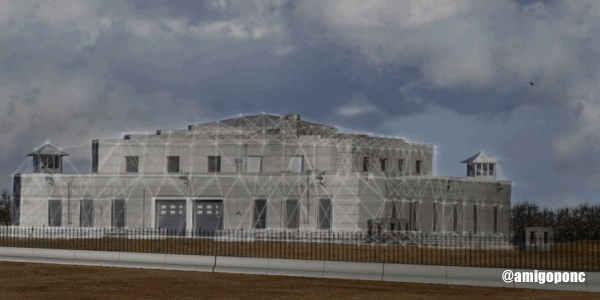
It is estimated that at Fort Knox, there is such an amount of gold, worth more than a quarter of a trillion dollars. But why do we consider this metal so valuable? The value associated with gold is purely imaginary, but people were motivated by that conviction and had a huge effect. The gold at Fort Knox comes from mines all over the world. North and South America, Africa, Asia... The traditional story tells that where gold is found, man will run to dig it up. Let's find out why.
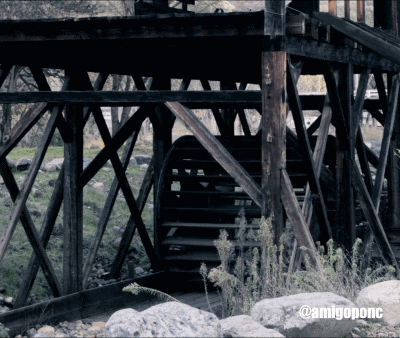


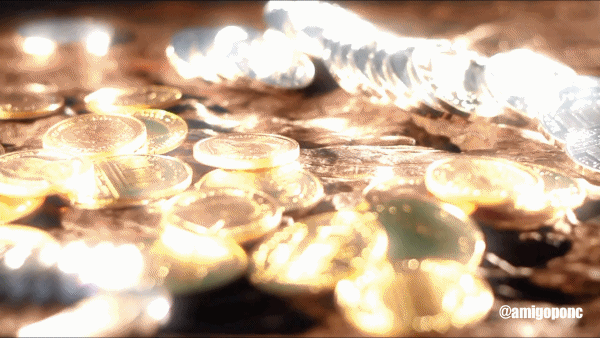
Let us go back some two hundred thousand years, the first hunters as they enter new territory; the thirst increases, in a relentless place, the hunters know what to look for; the brightness of the sunlight in a river. For primitive humans the flash meant water, purity and survival. That prehistoric connection still persists.
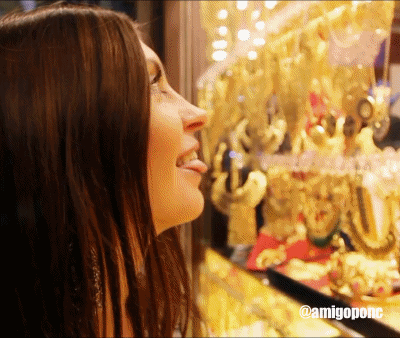
The events of the past and the present are intertwined, so that in our collective cultural DNA is fixed the contemporary attraction to shining things, in that ancestral mechanism of survival.
The events of the past and the present are intertwined, so that in our collective cultural DNA is fixed the contemporary attraction to shining things, in that ancestral mechanism of survival.
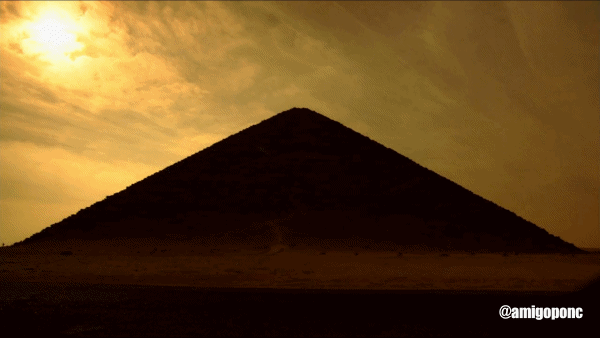

There is another reason why this metal has power over us. It's rare, if there was gold everywhere, like sand in the desert, obviously we wouldn't give it any value.
There is another reason why this metal has power over us. It's rare, if there was gold everywhere, like sand in the desert, obviously we wouldn't give it any value.
Over 2500 years ago. On one side of the planet a new idea for gold emerged. The Mediterranean, as the Mediterranean expand their trade routes, gold becomes money. As gold seems to have value makes trading easier, that makes it a natural form of money.

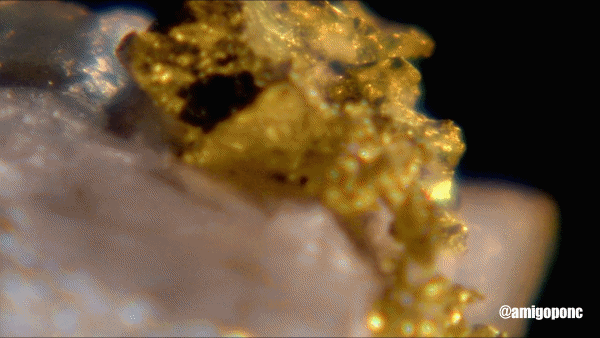
In the ancient times only seven materials were known: gold, copper, lead, tin, silver, iron and mercury. Iron is too hard, lead is too soft, tin is too weak, and mercury is a liquid; copper and silver are used for coins, but they are tarnished. For the ancients, there's nothing like gold.
In Europe and Asia, gold coins become the symbol of the nations that mint them. Gold coins allow ordinary people to have "the metal of the gods". It is a combination of the attraction of gold glitter, when we connect it, on the one hand, with the idea of the power of a king; and on the other, with the power of a god.

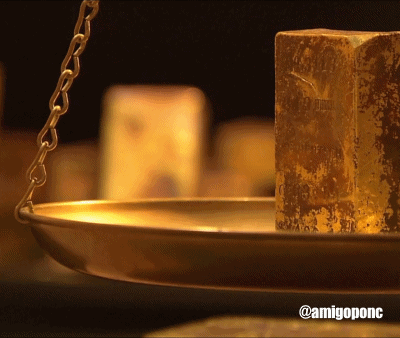

The author's research reveals, without scrutinizing the origin of this extraordinary metal, that none of the uses of gold would have been possible; nothing in human history would have made sense in this much larger context of the planet, the solar system, our galaxy and obviously the entire cosmos.
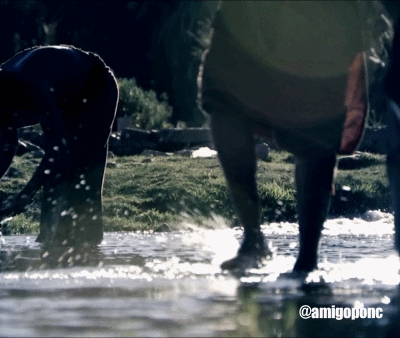

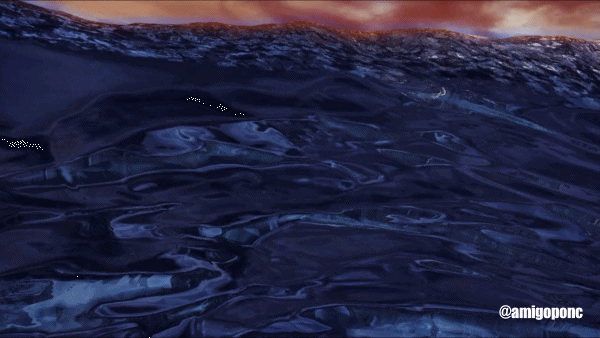
For millions of years, all this treasure has been hidden under the sea. At the beginning of the planet's history, the globe was covered in water; it was a world of water, but once again, things are about to change. Over time, the presence of tectonic plates caused the continents to begin to form.
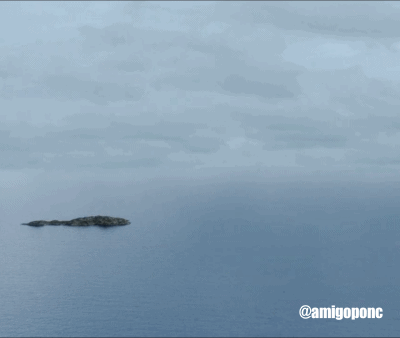

As we have observed, we are programmed to look for gold; but, as civilizations develop, we see gold in different ways. The ancient world has two sides; on one side of the planet, gold is used as money, but the civilizations of the Americas have no coins; there, gold is only used to create objects of beauty and worship.
Gold is still a divine metal. The ancients were obsessed with gold over what could be done with it, it was a very pure material, but it was not money.
Gold is still a divine metal. The ancients were obsessed with gold over what could be done with it, it was a very pure material, but it was not money.
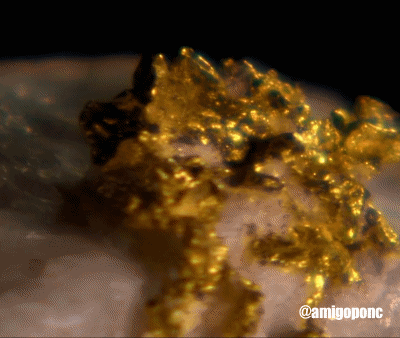
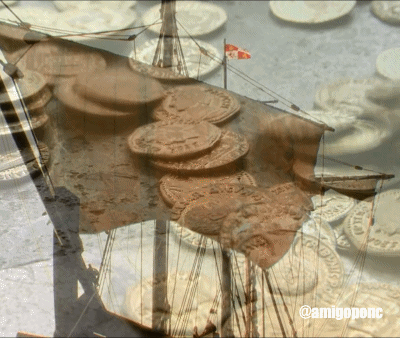
The author has linked the history of gold to a worldwide clash. Liquid gold bubbles into a primitive soil originated by a karstic erosive process in the limestone rock, a cavity through which water seeps or percolates at lower levels, and remains beneath the surface of the planet as a buried treasure. The treasure moves with the continents while the balloon divides in two. On the one hand, gold coins are used for trading; on the other hand, gold statues are made for worship.
The author has linked the history of gold to a worldwide clash. Liquid gold bubbles into a primitive soil originated by a karstic erosive process in the limestone rock, a cavity through which water seeps or percolates at lower levels, and remains beneath the surface of the planet as a buried treasure. The treasure moves with the continents while the balloon divides in two. On the one hand, gold coins are used for trading; on the other hand, gold statues are made for worship.
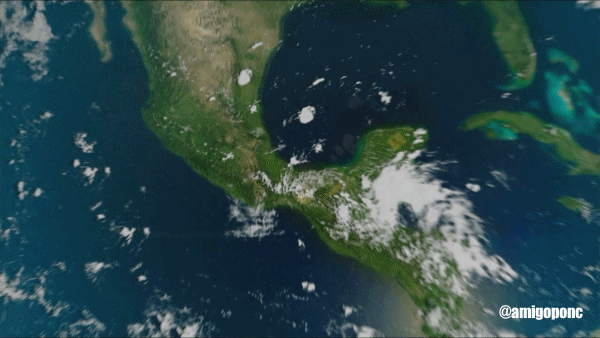
The great civilizations of the Americas had not yet reached the level of development necessary to use money as a tool to facilitate large-scale exchanges. Gold was only used to create images of gods because of its symbolic and selective imagery..
Now, after thousands of years apart, these two civilizations will meet and collide. Columbus opens the way, thousands follow. One side is hungry for gold, the other is rich on this one.
Now, after thousands of years apart, these two civilizations will meet and collide. Columbus opens the way, thousands follow. One side is hungry for gold, the other is rich on this one.
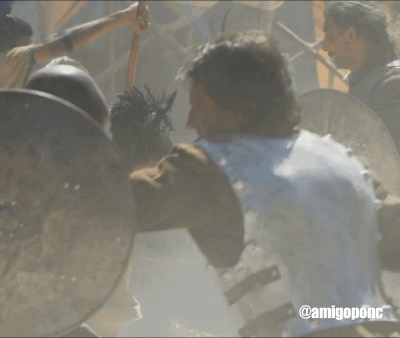
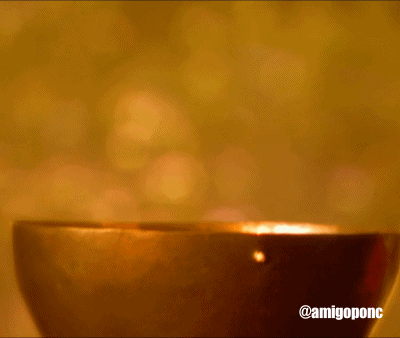

"California's Gold Rush" is causing others to break out all over the world: Russia, Australia, South Africa... Between 1492 and 1900, the search for gold transformed populations and civilizations beyond a third of the planet.
"California's Gold Rush" is causing others to break out all over the world: Russia, Australia, South Africa... Between 1492 and 1900, the search for gold transformed populations and civilizations beyond a third of the planet.
From fragment in space to ingots in Fort Knox; from a symbol of divinity to a symbol of wealth; the history of gold is that of a world separated by geological forces and later reconnected by something more powerful, the human imagination pursuing an object that it believes is valuable.

Rᴇғᴇʀᴇɴᴄᴇꜱ
Bibliographic
1er. Simposio Internacional del Oro en Venezuela. 1988. 537 p.
A Diderot pictorial encyclopedia of trades and industry, manufacturing and the technical arts in plates selected from “L’Encyclopédie ou dictionnaire raisonné des sciences, des arts et des métiers” of Denis Diderot, 2 vols., edición, introducción y notas de Charles Coulston Gillispie, Nueva York, Dover, 1959.
Aguirre, Manuel de, Indagaciones y reflexiones sobre la Geografía, con algunas noticias previas e indispensables (1782), edición facsímil, estudio introductorio por Horacio Capel, Barcelona, Universitat de Barcelona, 1981.
Alcena, J. (1989). "Mitos y Literatura quéchuas". Alianza Editorial. Madrid. 182 p.
Almirante, José, Diccionario militar: etimológico, histórico, tecnológico. Madrid, Imp. y Litogr. del Depósito de la Guerra, 1869.
Alsina Benavente, J. 1988. El Oro (Tomo I). Ed. Alsina. ALSINA BENAVENTE, J. 1989. Los metales en la joyería moderna. Ed. Alsina. BERGER, J. J. (ed). 1990.
Alzate y Ramírez, José Antonio, Obras I - Periódicos, Diario Literario de Mé xico, asuntos varios sobre ciencias y artes, edición, introducción, notas e índice de Roberto Moreno, México, unam, 1980.
ANÓNIMO (1987). "Aesch Mezareph o Fuego Purificador". Muñoz Moya y Montraveta Eds. Barcelona. 153 p.
Báez Macías, Eduardo, Jerónimo Antonio Gil y su traducción de Gérard Audran, México, unam, iie, 2001 (Estudios y Fuentes del Arte en México, 71).
Bails, Benito M., Principios de matemáticas de la Real Academia de S. Fernando, tomo V, Madrid, Imprenta de la viuda de J. Ibarra, 1799.
Banco Central de Venezuela. 2010. Geología del oro en Venezuela.
Barnett, C. (1994). "Dioses y Diosas de Egipto. Mitología y Religión del Antiguo Egipto". Ed. EDAF. Madrid. 187 p.
Benévolo, Leonardo, La ciudad europea, Barcelona, Crítica, 1993 (La construcción de Europa).
Boericke "Prospecting and Operating Small Gold Placers" - 2° Edición John Wiley & Sons New York 1936 144 pág.
Boericke "Prospecting and Operating Small Gold Placers" - 2° Edición John Wiley & Sons New York 1936 144 pág.
Brading, D. A., Mineros y comerciantes en el México borbónico (1763-1810), México, fce, 1991.
Brown, Lloyd A. The story of maps, Nueva York, Dover, 1979.
Calabro, Mateo, Tratado de fortificación, o arquitectura militar, estudio introductorio, notas y glosario de Fernando R. de la Flor; transcripción María Isabel Toro Pascua, Salamanca, Universidad de Salamanca, 1991.
Capel, Horacio et al., Los ingenieros militares en España, siglo xviii: repertorio biográfico e inventario de su labor científica y espacial, Barcelona, Universidad de Barcelona, 1993.
Capel, Horacio, Geografía y Matemáticas en la España del siglo xviii, Barcelona, Oikos-Tau, 1983.
Capel, Horacio, Joan Eugeni Sánchez y Omar Moncada, De Palas a Minerva. La formación científica y la estructura institucional de los ingenieros militares en el siglo xviii, Barcelona, Serbal, csic, 1992.
Cardenas, J. de (1993). "Problemas y Secretos Maravillosos de las Indias". Carlos III y la Ilustración, tomos I y II, Comisión Nacional Organizadora del Bicentenario, Madrid, Ministerio de Cultura, 1988.
Cartografía histórica del encuentro de dos mundos, Madrid, Instituto Nacional de Estadística e Informática, México, Instituto Geográfico Nacional, España, 1992.
Catálogo de ilustraciones, México, Archivo General de la Nación, Centro de Información Gráfica, 1979.
Christian Weise Verlag, Munich, y Lapis Internaciona. GOLD. EXTRALAPIS NO 5: THE NOBLE MINERAL (2003). Traducido del alemán por Alfredo Petrov y Günter Neumeier. Connecticut ISBN: 0-971 5371-5-1 100 p.
Colón, E y Negrín, A. 2000. El manejo ambiental del tendido electrónico con Brasil. Revista Commons, Áurea, Cartografía de las divisiones territoriales de México, 1519-2000, México, unam, Instituto de Geografía, 2002 (Temas selectos de geografía de México).
De las leyes de Indias: antología de la recopilación de 1681, selección, estudio introductorio y notas de Alberto Sarmiento Donate, México, sep, 1988. Díaz-Plaja, Fernando (selec.), Historia de España en sus documentos: siglo xviii, Madrid, Cátedra, 1986.
Diderot, Denis, Pensamientos sueltos sobre la pintura, estudio preliminar de Antoni Mari; traducción y notas de Monique Planes, Madrid, Tecnos, 1988.
Euade, M. (1993). "Cosmología y Alquimia Babilónicas". Ed. Paidós. Barcelona. 116 p
Finkelaman, R. Fuge, U. Lindh y P. Smedley (Editores). ESSENTIAlS OF MEDICAL GEOLOGY (2005). Elsevier ISBN: 0-12-ó36341-2, 832 p.
Fireman, Janet R., The Spanish Royal Corps of Engineers in the western borderlands. Instrument of Bourbon reform, 1764-1815, Glendale, California, A. H. Clark, 1977 (Spain in the west, 12).
Flor R., Fernando de la, Emblemas. Lecturas de la imagen simbólica, Madrid, Alianza, 1995.
Franco, W.; Lozada, J.; León, J.; Aguilar, W.; Arends, E.; Vidal, R.; Pernía, E. y O. Cabello.
Gamboa, Francisco Javier de, Comentarios las Ordenanzas de minas, dedicados al cathólico rey, nuestro señor, don Carlos III (que Dios guarde) siempre magnánimo, siempre feliz, siempre augusto, Madrid, Oficina de Joachin Ibarra, 1761.
Garmendia, J. (1995). "Mitos y Leyendas de los Vascos". Aramburu Editor. San Sebastián. 196 p.
Gombrich, E. H., Estudios sobre el arte del Renacimiento 2, Madrid, Debate, 2001.
Gpomes Moreno, M. (1941). "Oro en España". Arqueología Española, 45, p. 461-ss.
Gómez Ramos, Rafael, Arquitectura y feudalismo: los comienzos del arte novohispano en el siglo xvi, México, unam, 1989 (Cuadernos de historia del arte, 47).
Gubern, Román, La mirada opulenta, exploración de la iconósfera contemporánea, Barcelona, Gustavo Gili, 1987 (Mass Media).
Honour, Hugh, El romanticismo, versión española de Remigio Gómez Díaz, Madrid, Alianza Forma, 1981.
Humboldt, Alejandro de, Ensayo político sobre el reino de la Nueva España, 6a. ed., estudio preliminar, revisión del texto, cotejos, notas y anexos de Juan A. Ortega y Medina, México, Porrúa, 2002 (Sepan Cuantos, 39).
Jarslav Hyrsl y Gerhard Niedermay. EINSCHLÜSSE 1M QUARZ. MAGIC WORLD: INCLUSIONS IN QUARTZ (2003). Bode Verlag GMBH ISBN: 3-92509481-4, 240 p.
Juan, Jorge y Antonio de Ulloa, Observaciones astronómicas, y phisicas hechas de orden de S. Mag. en los reynos del Perú, Madrid, Juan de Zúñiga, 1748.
Kieckhefer, R. (1992). "La Magia en la Edad Media". Ed. Crítica. Barcelona. 234 p.
La explotación aurífera de Guayana y la conformación de la Compañía Minera de El Callao 870-1900. Corporación Venezolana de Guayana. Caracas, Venezuela.
Lara, Jaime, City, temple, stage: eschatological architecture and liturgical theatrics in New Spain, Notre Dame, University of Notre Dame Press, 2004.
Latour, Bruno, La esperanza de Pandora, ensayos sobre la realidad de los estudios de la ciencia, Barcelona, Gedisa, 2001.
León Portilla, Miguel, Cartografía y crónicas de la antigua California, México, unam, iih, 2001.Lollar, B., BRODIE, E. L., HAZEN, T. C., ANDERSEN, G. L., DESANTIS, T. Z., MOSER, D. P., KERSHAW, D. AND ONSTOTT, T. C. 2006. Long-term sustainability of a high-energy, low diversity crustal biome. Science 314: 479-482.
López Fernández, A. 2006. El Platino. Revista Sociedad de Plateros.
López Torrijos, Rosa, La mitología en la pintura española del Siglo de Oro, Madrid, Cátedra, 1995.López, D. G. (1980). "Las Médulas". Ed. Nebrija. León. 159 p.
López, Víctor M. "El Oro en Venezuela", MEM, 1981 – Caracas
López, Víctor M. "El Oro en el Mundo", MEM, 1981 – Caracas
López, Víctor M. "El Oro en el Mundo", MEM, 1981 - Caracas • López, Victor M. "El Oro en Venezuela", MEM, 1981 - Caracas
Lough, L., La enciclopedia: selección, 2a. ed., Madrid, Guadarrama, 1974 (Colección Universitaria de Bolsillo, 90).
Lozada, J y Arends, E. 2000. Aspectos ambientales de los diferentes tipos de minería de oro,
Matos, T. s/f. La historia del oro en Guayana. Revista de colección. Grabados Nacionales. Puerto Ordaz, Venezuela. 50 p. ISBN: 980-07-1611-4.
Mayer, Roberto L., Poblaciones mexicanas, planos y panoramas, siglos xvi al xviii, México, Mario de la Torre, Smurfit, 1998.
Meeks, D.; Favard-Meeks, C. (1994). "La vida cotidiana de los dioses egipcios". Ed. Temas de Hoy. Madrid. 333 p.
Meléndez Crespo, Ana, “Arizpe, capital de las Provincias Internas, en el plano de Manuel Agustín Mascaró (1779-1783)”, tesis de maestría en Historia, Facultad de Filosofía y Letras, Instituto de Investigaciones Históricas, México, unam, 2009.
Mendoza Vargas, Héctor et al., México a través de los mapas, México, unam, Instituto de Geografía, Plaza y Valdés, 2000 (Temas selectos de geografía de México).
Minera de El Callao 1870-1900. Corporación Venezolana de Guayana. Caracas, Venezuela.
Moncada, Omar, El ingeniero Miguel Constanzó. Un militar ilustrado en la Nueva España del siglo xviii, México, unam, ig, iis, dgapa, 1994.
Murguey, J. 1989. La explotación aurífera de Guayana y la conformación de la Compañía.
Notas a la Recopilación de Indias, origen e historia ilustrada de las leyes de Indias por Manuel Josef de Ayala, consejero del Real y Supremo de las Indias y Caballero de la Real y Distinguida Orden de Carlos III, obra inédita, transcripción y estudio preliminar de Juan Manzano, Madrid, Ediciones de Cultura Hispánica, 1945.
Novotny, Fritz, Pintura y escultura en Europa 1780-1880, Madrid, Cátedra, 1994.
Ocampo, J. 2004. Tesoros legendarios de Colombia y el mundo. Plaza & Janes Editores. Bogotá, Colombia.
Palladio, Andrea, Los cuatro libros de arquitectura, traducción del italiano de Luisa de Aliprandini y Alicia Martínez Crespo, introducción de Javier Rivera, Madrid, Akal, 1988.
Peninou, George, Semiótica de la publicidad, Barcelona, Gustavo Gili, 1976.
Perera, Miguel Ángel. 2000. Oro y hambre: Guayana siglo XVI. Caracas: Universidad Central de Venezuela, Consejo de Desarrollo Científico y Humanístico. Caracas, Venezuela.
Perera, Miguel Ángel. 2000. Oro y hambre: Guayana siglo XVI. Caracas: Universidad Central de Venezuela.
Pietschmann, Horst, Las reformas borbónicas y el sistema de intendencias en Nueva España. Un estudio político administrativo, México, fce, 1996.
Portugués, Joseph Antonio, Colección general de las Ordenanzas militares, sus innovaciones, y aditamentos, dispuesto en diez tomos, con separación de clases, Madrid, Antonio Marín, 1764.
Renfrew, C. (1986). "El alba de la civilización. La revolución del radiocarbono y la Europa prehistórica". Colegio Universitario de Ed. Istmo. Madrid.
Renfrew, C. (1986). "Varna and the emergence of wealth in prehistoric Europe". En: A. Appadurai (Ed.): "The social life of the things. Commodities in cultural perspective". New Directions in Archaelogy. Cambridge University Press, Cambridge. p. 141-168.
Ripa, Cesare, Iconología, tomos I y II, 3ª. ed., trad. del italiano Juan Barja, Yago Barja, trad. del latín y griego Rosa María Mariño Sánchez-Elvira, Fernando García Romero, prólogo Adita Alto Manero, Madrid, Akal, 2002 (Arte y Estética, 8).
Roberto Moreno, México, UNAM, Sociedad de Ex-alumnos de la Facultad de Ingeniería, 1992 (edición facsimilar de la del año 1783).
Robinson, Arthur H., et al., Elements of cartography, 5a. ed., Nueva York, John Wiley and Sons, 1978.
Rodríguez Alpuche, Adrián, Urbanismo prehispánico e hispanoamericano en México desde sus orígenes hasta la Independencia, Madrid, Instituto de Estudios de Administración Local, 1986.
Rodríguez, A. 2014. El colapso del Callao: la crisis de la producción aurífera en Guayana a fines del siglo XIX. Tiempo y Espacio, 62: 187-202.
Rodríguez, A. 2014. El colapso del Callao:la crisis de la producción aurífera en Guayana a Romero, Federico y Rosa Benavides, Mapas antiguos del mundo, Madrid, Edimat, 1998.Sánchez Drago, F. (1982). "Gárgoris y Hábidis. Una historia mágica de España". 2 Tomos. Ed. Argos Vergara. Barcelona. 505 y 405 p.
Sarmentero, A. "Oro en Venezuela" 1era. Edición G.P.O. 1992. Caracas. 246.p.
Sarmentero, A. "Oro en Venezuela" 1era. Edición G.P.O. 1992. Caracas. 246.p.
Serrano, J. M. (1993). "Textos para la Historia del Antiguo Egipto". Ed. Cátedra. Madrid. 283 p.
Stafford, Barbara María, Good looking. Essays on virtue of images, Cambridge, Massachusetts Institute of Technology, 1996.
Tito Lucrecio (1983). "De la Naturaleza de las Cosas". Ed. Cátedra. Madrid. 413 p.Uyldert, M. (1982). "Metales Mágicos". Ed. EDAF. Barcelona. 170 p.
V. V. A. A. (1989). "El Oro en la España Prerromana". Zugarto Ediciones. Bilbao. 129 p. Venezuela. Revista Forestal Venezolana 51(2):195-218.
Villalibre, J. (1990). "Las Médulas y su entorno". Ediciones Lancia. León. 61 p.
Newspapers
El Oro, Estado de México, cuaderno estadístico municipal, México, Gobierno del Estado de México, inegi, H. Ayuntamiento Constitucional de El Oro, 1998.
Flores, Teodoro, “Estudio geológico-minero de los distritos de El Oro y Tlalpujahua, México”, en Boletín del Instituto Geológico de México, núm. 37, Secretaría de Industria, Comercio y Trabajo, Depto. de Exploraciones y Estudios Geológicos, Secretaría de Gobernación, Dirección de Talleres Gráficos, 1920.
Memorial de Ingenieros del Ejército, año LXIII, 4a. época, núm. 5, mayo de 1908.
Online
Aniceto López Fernández. (). Metales preciosos: el oro. URL: https://helvia.uco.es/bitstream/handle/10396/6296/braco152_2007_11.pdf?sequence=1&isAllowed=y
Banco Central de Venezuela (2018). Geología del oro en Venezuela. URL: http://200.74.197.135/orobcv/index.php?option=com_content&view=article&id=75&Itemid
José Rafael Lozada. Una visión histórica de la minería de oro en la Guayana Venezolana (2018). URL: https://www.researchgate.net/publication/308063372_Una_vision_historica_de_la_mineria_de_oro_en_la_Guayana_Venezolana
L. F. Mazadiogo Martínez y O. Puche Riarte. Mitología del oro; el oro y el sol. Boletín Geológico y Minero. Vol. 109-5 y 6 Año (1998), (629-640). URL: http://oa.upm.es/9897/1/igme_109-5-2.pdf
Lawrence H. Officer and Samuel H. Williamson, "The Price of Gold, 1257 - Present.," MeasuringWorth, 2018. URL: http://www.measuringworth.com/gold/
Veljko Brcic. Una Breve Historia del Oro (2013). URL: http://www.sattvacapital.net/pdf_files/Una-Breve-Historia-del-Oro.pdf

Audiovisual material used to take out the real scenes that appear in the gifs:
- Gold, the conquest of the unknown.
- Cristobal Colón.
- Aguirre, the wrath of God.
- The Dorado (1988).
- Black Robe (1991).
- 1492, the conquest of paradise.
- The Other Conquest (1999).

Tools used in image editing, animation and editing:
- PainT and Pain3D of Windows 10.
- PhotoScape X for Windows.
- Gif of Windows 10 (Microsoft Store).*
- Photoshop.
- Illustrator Draw.
- Adobe XD.
- Lightroom Classic.
- After Effects.
- Crazy Talk Animator.
- Lunapic.
- MessLetters
All the material is original and can be reviewed in my profile of Google+
Spanish version.

But this does not end here, in future publications I will provide you with interesting and entertaining material, which without being specialists in chemistry, biology, paleontology, physics or mathematics, will entertain you and teach you the mysteries and curiosities of our universe.

Thank you for being here. If you like the material, share it...

DISCLAIMER: dropahead Curation Team does not necessarily share opinions expressed in this article, but find author's effort and/or contribution deserves better reward and visibility.
to maximize your curation rewards!
with SteemConnect
12.5SP, 25SP, 50SP, 100SP, 250SP, 500SP, 1000SP
Do the above and we'll have more STEEM POWER to give YOU bigger rewards next time!
News from @dropahead: Are you a curator? Join our team! v1]]
Downvoting a post can decrease pending rewards and make it less visible. Common reasons:
Submit
Thanks for your valuation. Prosperity.
Downvoting a post can decrease pending rewards and make it less visible. Common reasons:
Submit
Congratulations @amigoponc! You have completed the following achievement on Steemit and have been rewarded with new badge(s) :
Click on the badge to view your Board of Honor.
If you no longer want to receive notifications, reply to this comment with the word
STOPDo not miss the last post from @steemitboard:
SteemitBoard World Cup Contest - The results, the winners and the prizes
Downvoting a post can decrease pending rewards and make it less visible. Common reasons:
Submit
Thank you very much.
Downvoting a post can decrease pending rewards and make it less visible. Common reasons:
Submit
Interesting publication @amigoponc, you handle very well the design in steemit.
Downvoting a post can decrease pending rewards and make it less visible. Common reasons:
Submit
Thanks friend, but I notice that it is a lot of work and in steemit it seems that they do not value that. I have observed post with three letters, which do not have any effort; and even then they take a large amount ...
Downvoting a post can decrease pending rewards and make it less visible. Common reasons:
Submit
Destacada publicación @amigoponc. Excelente contenido y presentación.
Downvoting a post can decrease pending rewards and make it less visible. Common reasons:
Submit
Gracias, estamos trabajando duro para proporcionar material de calidad, educativo y dinámico. Prosperidad.
Downvoting a post can decrease pending rewards and make it less visible. Common reasons:
Submit